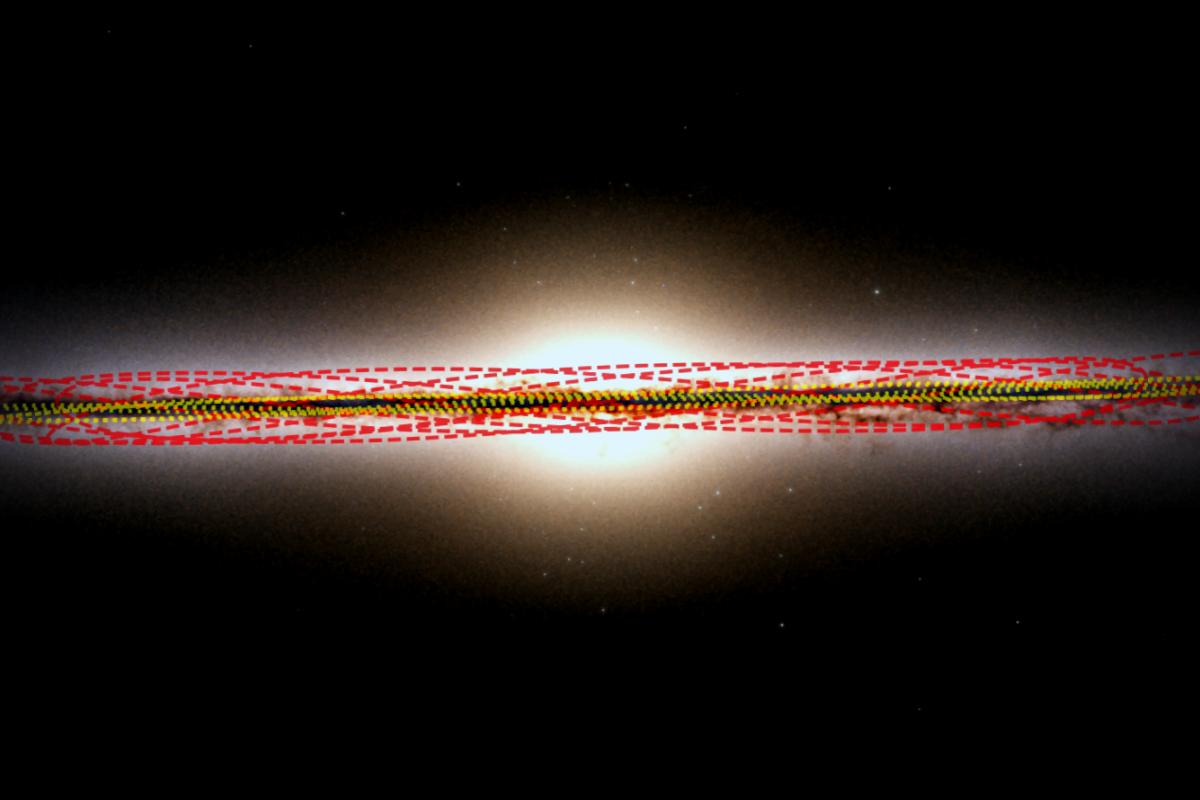Have you ever wondered if a comet traveling through the galaxy could completely lose the fingerprint of its home world? New data from the James Webb Space Telescope regarding the comet 3I/ATLAS suggests that this might actually be happening, and these findings are changing the way scientists look at the chemistry of these celestial wanderers.

Research indicates that 3I/ATLAS has been under the relentless bombardment of high-energy galactic cosmic rays for billions of years. During its roughly 7-billion-year existence, this constant radiation has altered a significant amount of its initial carbon monoxide ice into carbon dioxide, making CO2 remarkably abundant in the comet. Romain Maggiolo, the lead researcher from the Royal Belgian Institute for Space Aeronomy, notes, “This process is somewhat slow, but over the span of billions of years, it has a profound impact.”
Scientists have well-established methods to observe this conversion in lab conditions. Experiments simulating the environment of interstellar space reveal that when carbon monoxide-rich ice interacts with cosmic rays, molecular bonds are broken. This lets oxygen recombine into CO2. Since 3I/ATLAS exists outside the Sun’s protective heliosphere, the magnetic shield that guards solar system bodies from cosmic rays can’t reach it, allowing this chemistry to penetrate deep into its surface. The team’s findings suggest that this altered layer can reach depths of 15 to 20 meters, preventing pristine material from its original formation from being accessible.
This study resonates with insights gained from multi-layer comet ice chemistry models, illustrating how the energy from cosmic rays can lead to gradual but significant chemical changes over vast periods of time. The outer layers of the comet essentially act as a shield, meaning that deeper layers maintain original materials. However, for 3I/ATLAS, this thick barrier might only yield unaltered materials through significant erosion due to intense solar heating near its closest approach to the Sun, known as perihelion.
The comet reached perihelion on October 29, 2025, at a distance of 1.36 astronomical units from the Sun. Like all comets, heating from the Sun caused sublimation, converting ice into gas and sending dust into space, giving rise to its coma and tail. Before perihelion, any released gases were likely derived from the irradiated crust. Post-perihelion, Maggiolo mentions that subtle variations in composition could emerge as deeper layers are probed. “By examining these differences, we might uncover clues about the comet’s original composition,” he said.
The implications of this research are significant. Interstellar comets like 3I/ATLAS are a rarity—only two others, ‘Oumuamua and 2I/Borisov, have been documented—and they essentially serve as windows into planetary systems beyond our solar system. However, the new findings indicate that what telescopes perceive may mostly reflect processed material rather than the original chemistry, complicating how we study these celestial bodies in their developmental contexts.
The journey of 3I/ATLAS also emphasizes the importance of the heliosphere as a shield against cosmic radiation. Inside this boundary, the flow of galactic cosmic rays is lessened, slowing down the transformation from CO to CO2. Beyond it, in interstellar space, there’s no such safety net. Understanding the shape and expanse of the heliosphere—which is being researched through data from the Voyager missions and proposed interstellar probe missions—is crucial to comprehending how exposure scenarios can differ depending on a comet’s trajectory.
To simulate and understand these processes, laboratory experiments bombard layered ice mixtures with charged particles under ultra-cold, high-vacuum conditions through frameworks like MAGICKAL (Model for Astrophysical Gas and Ice Chemical Kinetics And Layering). These studies validate that cosmic rays can penetrate tens of meters into comets, resulting in the production of complex organic materials and altering volatile compositions over millions of years. For 3I/ATLAS, the increased CO2 to H2O ratio, measured at approximately 8:1, aligns with prolonged cosmic exposure. Additionally, the comet follows a hyperbolic path with an eccentricity of 6.14 and a high inbound speed of over 61 km/s, confirming that it originates from outside our solar system, likely from the thick disk of the Milky Way. Given that it might be 3 billion years older than our solar system, its exposure to cosmic rays had been at play long before Earth came into being. Ongoing observations—especially in the coming months after perihelion when the comet becomes visible following its passage from behind the Sun—could reveal unprocessed material. If that’s the case, it would allow astronomers to make a direct comparison between the ancient interstellar ice’s chemistry and that of its altered crust, providing an unprecedented look at cosmic ray impacts through time.



















